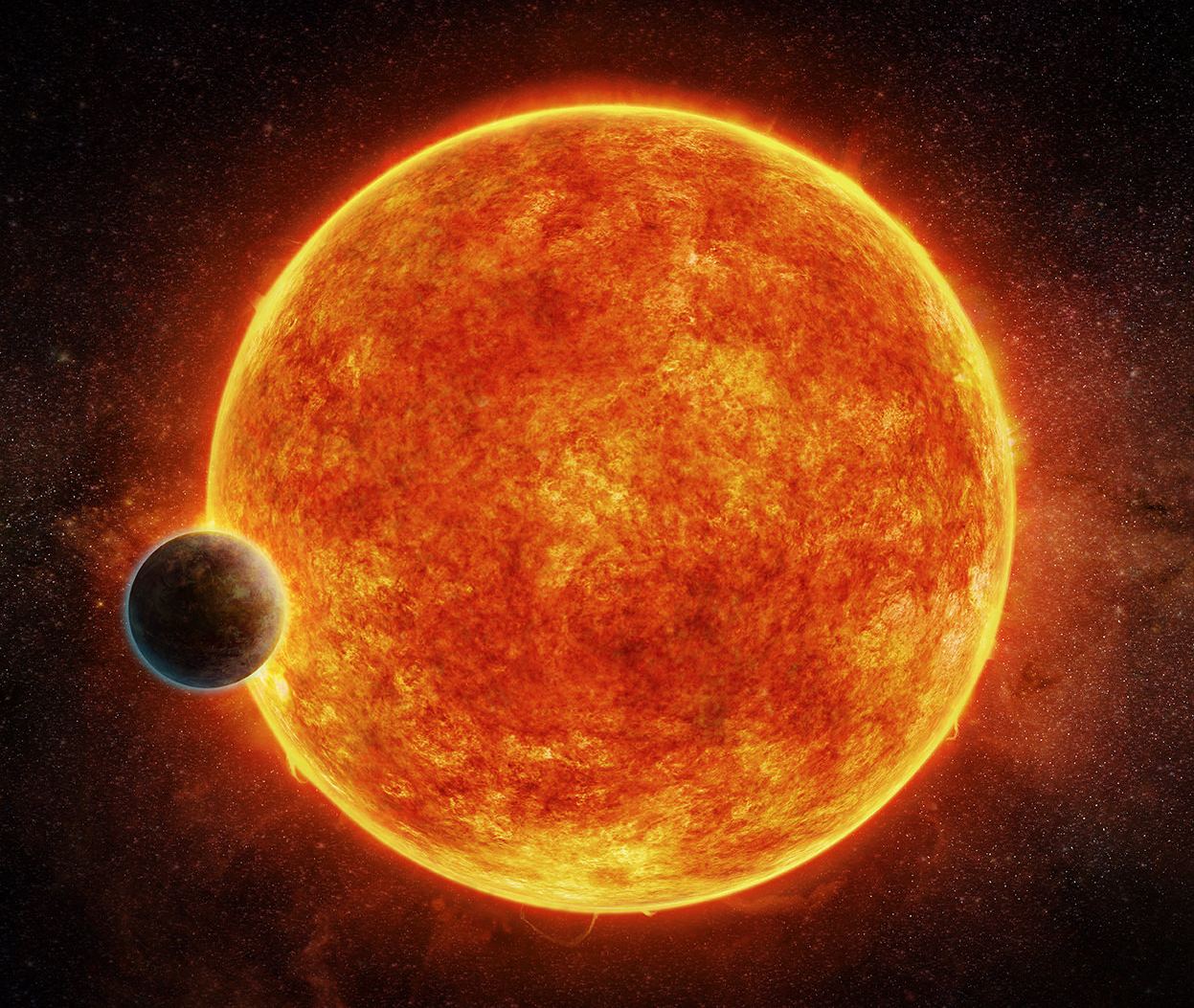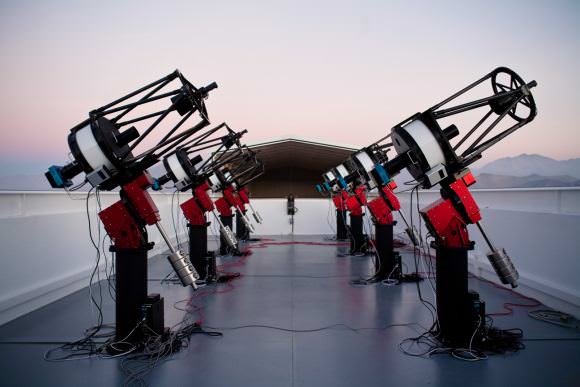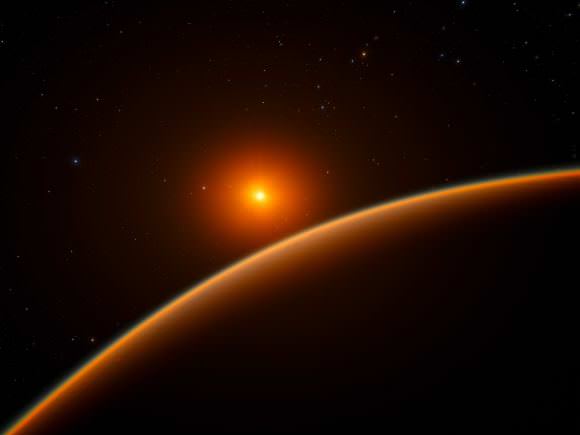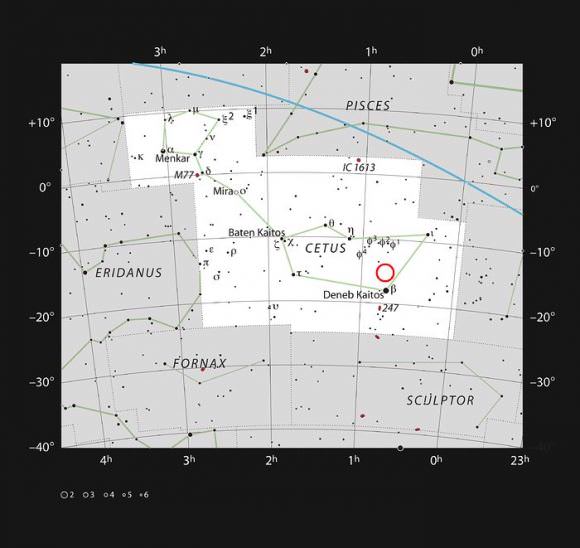According to the Nebula Hypothesis, stars and their systems of planets form from giant clouds of dust and gas. After undergoing gravitational collapse at the center (which creates the star), the remaining matter then forms an accretion disk in orbit around it. Over time, this matter is fed to the star – allowing it to become more massive – and also leads to the creation of a system of planets.
And until this week, the Nebula Hypothesis was just that. Given the distance involved, and the fact that the formation of star systems takes billions of years, being able to witness the process at various stages is quite difficult. But thanks to the efforts of team of researchers from the U.S. and Taiwan, astronomers have now captured the first clear image of a young star surrounded by an accretion disk.
As they explained in their paper – “First Detection of Equatorial Dark Dust Lane in a Protostellar Disk at Submillimeter Wavelength“, which was recently published in the journal Science Advances – these disks are difficult to resolve spatially because of their small sizes. However, by using the Atacama Large Millimeter/submillimeter Array (ALMA) – which offers unprecedented resolution – they were able to resolve a star’s disk and study it in detail.
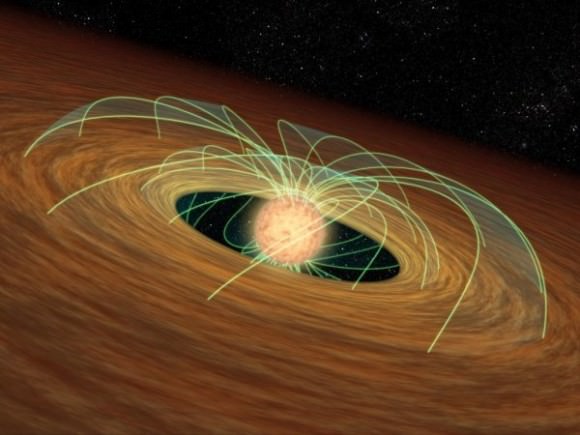
The protostellar system in question is known as HH 212, a young star system (40,000 years old) located in the Orion constellation, roughly 1300 light-years from Earth. This star system is noted for its powerful bipolar jet – i.e. the continuous flows of ionized gas from its poles – which is believed to cause it to accrete matter more efficiently. Due to its age and its position relative to Earth, this protostar system has been a popular target for astronomers in the past.
Basically, the fact that it is still in an early phase of formation (and the fact that it can be viewed edge-on) make the star system ideal for studying the evolution of low-mass stars. However, previous searches had a maximum resolution of 200 AU, which meant astronomers were only able to get a hint of a small dusty disk. This disk appeared as a flattened envelope, spiraling towards the protostar at the center.
But with ALMA’s resolution (8 AU, or 25 times higher), the research team was not only able to detect the accretion disk, but also able to spatially resolve its dust emissions at submillimeter wavelength. As Chin-Fei Lee – a research fellow at the Academia Sinica Institute of Astronomy and Astrophysics (ASIAA) in Taiwan and the lead author on the paper – said in an ALMA press release:
“It is so amazing to see such a detailed structure of a very young accretion disk. For many years, astronomers have been searching for accretion disks in the earliest phase of star formation, to determine their structure, how they are formed, and how the accretion process takes place. Now using the ALMA with its full power of resolution, we not only detect an accretion disk but also resolve it, especially its vertical structure, in detail.”
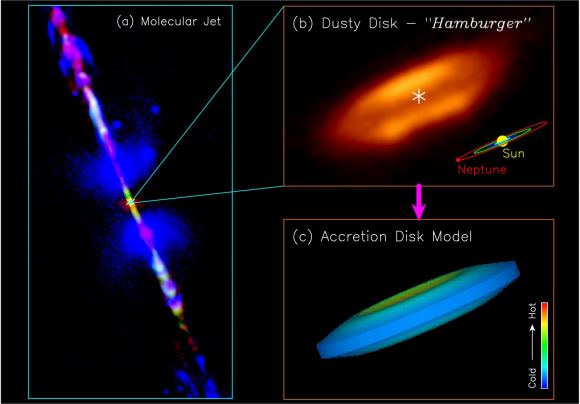
What they observed was a disk that has a radius of roughly 60 astronomical units, which is slightly greater than the distance from the Sun and the outer edge of the Kuiper Belt (50 AU). They also noted that the disk was compromised of silicate minerals, iron and other interstellar matter, and consisted of a prominent equatorial dark layer that was sandwiched between two brighter layers.
This contrast between light and dark sections was due to relatively low temperatures and high optical depth near the central plane of the disk. Meanwhile, the layers above and below the central plane showed greater absorption in both the optical and near-infrared light wavelengths. Because of this layered appearance, the research team described it as looking like “a hamburger”.
These observations are exciting news for the astronomical community, and not just because they are a first. In addition, they also represent a new opportunity to study small disks around the youngest protostars. And with the kinds of high-resolution imaging made possibly by ALMA and other next-generation telescopes, astronomers will be able to place new and stronger constraints on theories pertaining to disk formation.
As Zhi-Yun Li from University of Virginia (the co-author on the study) put it:
“In the earliest phase of star formation, there are theoretical difficulties in producing such a disk, because magnetic fields can slow down the rotation of collapsing material, preventing such a disk from forming around a very young protostar. This new finding implies that the retarding effect of magnetic fields in disk formation may not be as efficient as we thought before.”
A chance to watch stars and planetary systems in their earliest phase of formation and a chance to test our theories about how it’s all done? Definitely not something that happens every day!
And be sure to enjoy this video of the observation, courtesy of ALMA and narrated by Dr. Lee:
Further Reading: Science Advances, ALMA


